Amazon Is Retiring The Small and Light Program: What You Need to Know

This article contains affiliate links that will allow us to earn commissions without any extra cost to you. Read our full disclosure here.
Amazon’s FBA Small and Light program was the go to option for sellers selling small, cheap, and lightweight products not more than $12.
However, on June 29, 2023, Amazon announced that they’d be retiring Small and Light in the US for good by August 29, 2023. To offset the loss of the program, Amazon is opting to drop FBA rates for all items priced below $10.
In this article, we’ll go through what the FBA Small and Light Program was all about, why it was dropped, and Amazon’s plans moving forward.
Related Listening: E361: What I Learned While Working at an Amazon FBA Warehouse
What was the Amazon Small and Light Program?
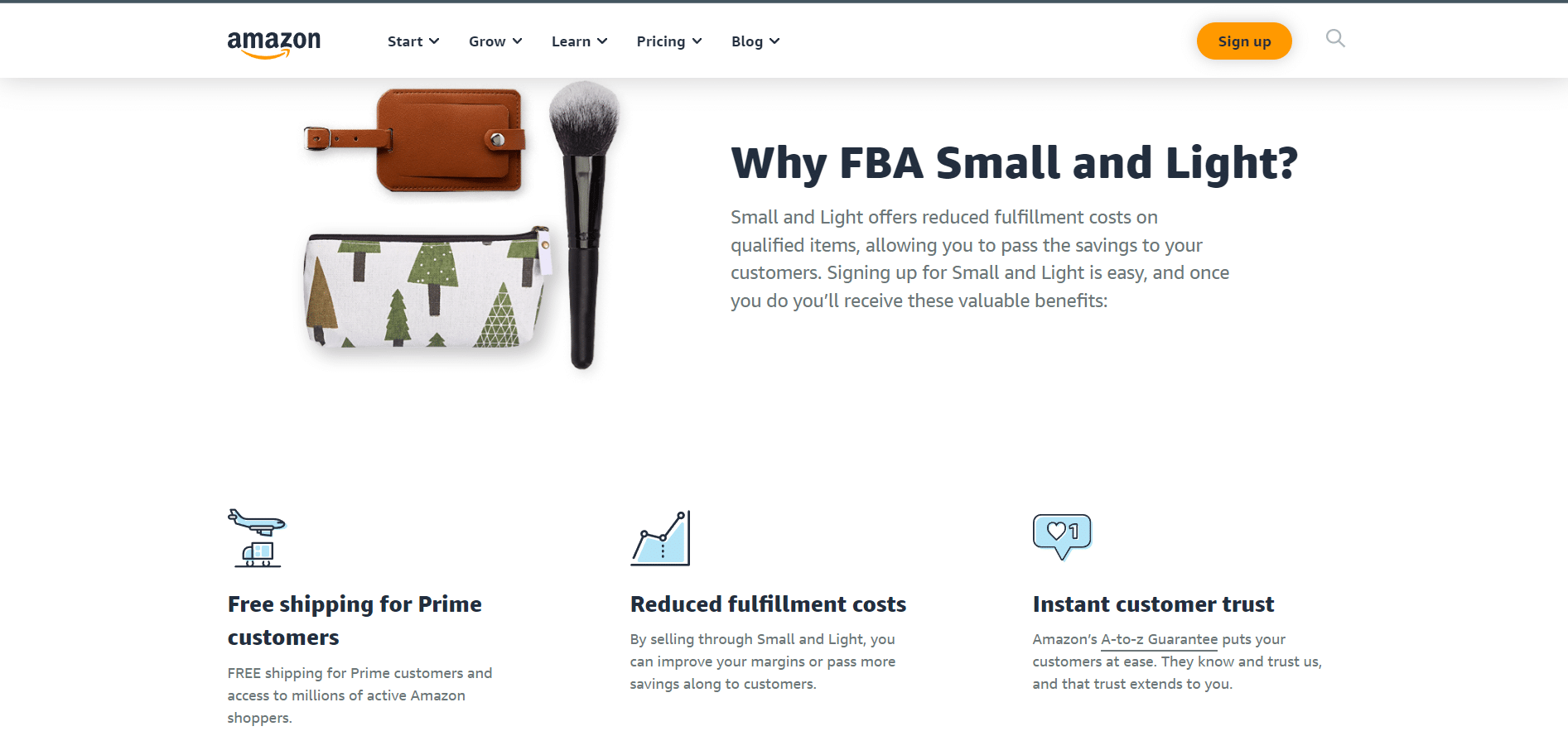
The Small and Light program was a cost-cutting program that reduced fulfillment costs for sellers, allowing you to pass the savings on to your customers. It was considered one of the best ways sellers could be profitable if they were selling small, cheap, and fast-moving products.
The criteria for a product to be eligible in Small and Light needed to tick the following boxes:
-
- It had to weigh 3 lbs or less
- Measured 18 x 14 x 8 inches or less
- Items must cost less than $12
- Must be in brand new condition
- Items with existing ASIN must have sold at least 25 units in the past month
Of course, even if an item does meet the criteria above but is under Amazon’s list of restricted products, it will still not be eligible for Small and Light. If your products are eligible for this program, you can enroll them and reap some serious benefits, but, as we'll discuss later on, it's not without a few drawbacks.

OR 10% OFF Every Month When You Use Code: ECOMCREW10
Items enrolled under FBA Small and Light also receive lower fulfillment costs that allow for a higher volume of low-cost goods to be sold at a faster rate.
For example, say we have a product that weighs and falls within the 18 x 14 x 8 inch limit (but is larger than 15 x 12 x 0.75 inches). Under FBA Small and Light, shipping out the item would cost $2.66 per unit, whereas, in the standard FBA, shipping would set you back $3.86.
Why Did Amazon Choose to End the Small and Light Program?
In a statement from Amazon, the change was made to make it easier for sellers to fulfill orders while paying lower FBA fees. Enrolling new products into the program will end after July 17, but items that do qualify for Small and Light still get to enjoy the benefits until August 29.
Amazon explained that since products enrolled in Small and Light were provided with slower shipping speeds compared to the standard FBA, they decided to lower the shipping rates of all items that cost below $10 regardless of size and weight to accommodate faster delivery speeds that their customers love.
However, when you look at the recent trends, customers have shown they care less about how fast an item gets delivered.
In 2021, Statista reported 32% of customers globally said they would abandon their cart due to slow delivery time. Then in 2023, Hotjar’s stats on abandoned carts showed only 22% of customers stall on their purchases due to slow shipping speed.
What Were the Advantages and Disadvantages of Amazon Small and Light?
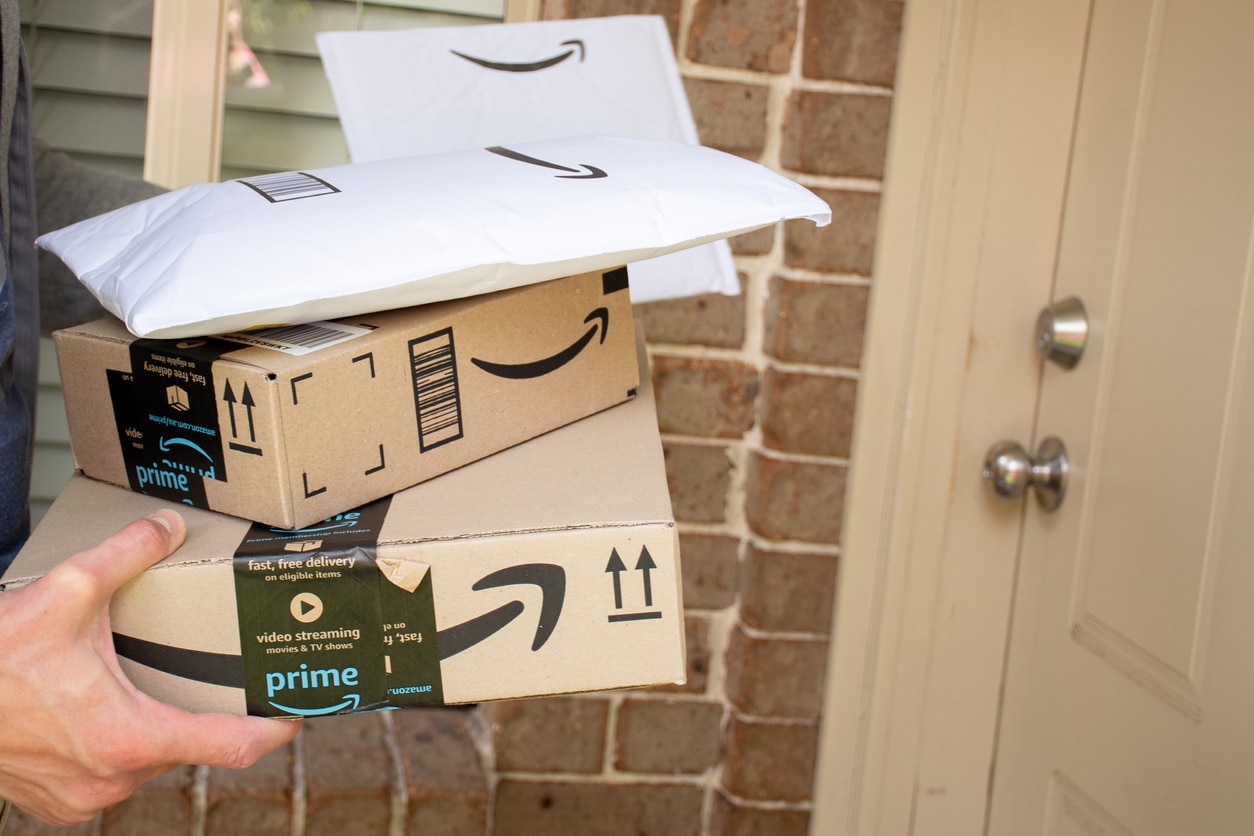
Advantages
As mentioned earlier, the biggest advantage of the Small and Light program was the savings it could create for both buyers and sellers.
Going back to our example, paying $2.66 for shipping instead of $3.86 doesn’t seem like much ($1.18 to be exact), but if you sold 1,000 units of this item in a month, that’s more than $1,000 of savings! The extra dollar in savings for sellers clears the path for them to offer their products at a lower price to further incentivize customers.
In addition, products in Small and Light also become Prime-eligible. However, since shipping will normally take 3 to 5 business days instead of the 2-day guarantee, it could hurt you in the long run.
Other perks include no minimum order requirements, Multi-Channel Fulfillment (MCF), and offer free discounts (Amazon will shoulder the costs of the discount) on products priced $5 or lower under the Consumables category.
Disadvantages
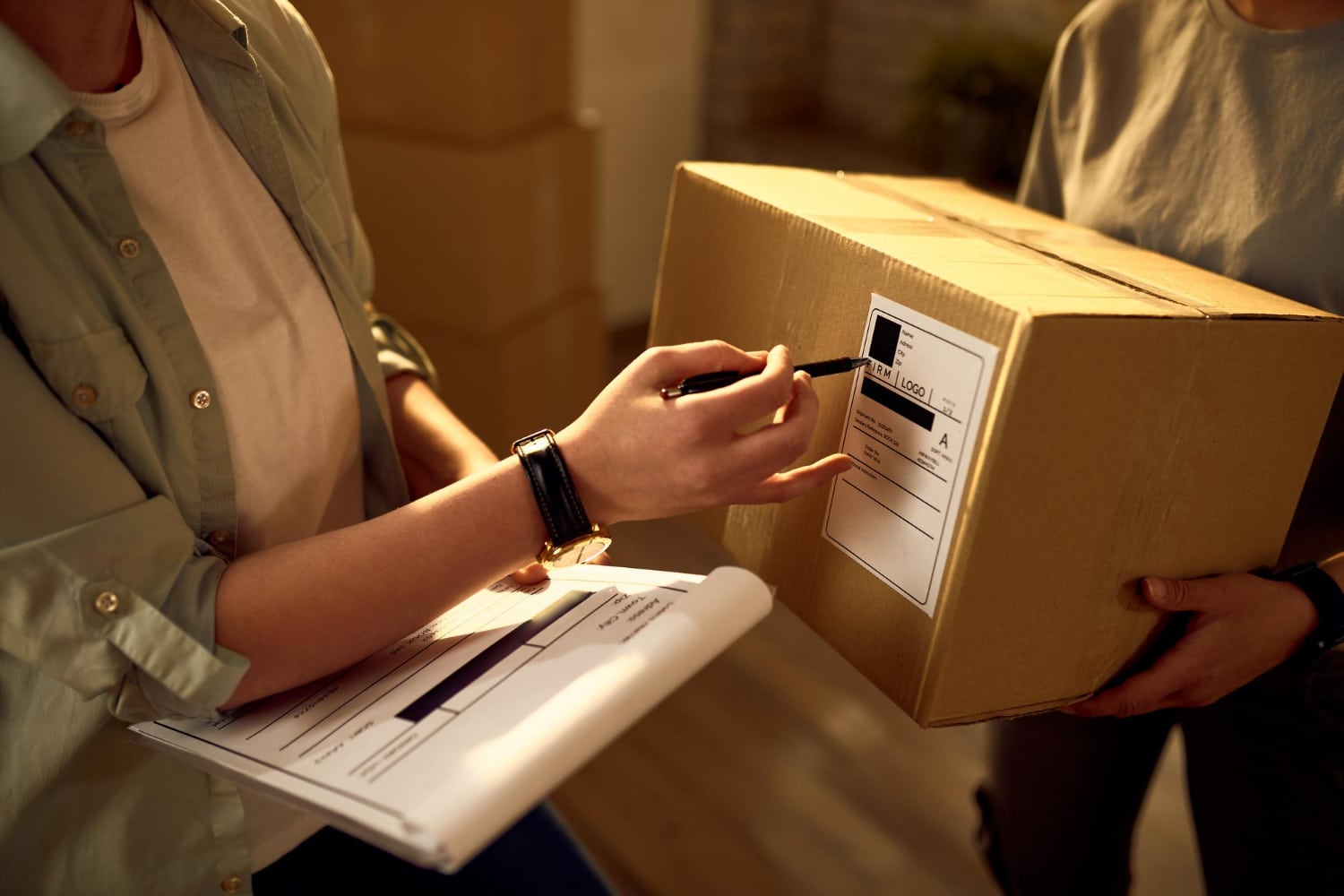
You already learned about the slight delay in shipping for Prime members, but there are a couple more drawbacks to Small and Light.
Let’s start with the prepping and shipping requirements. Amazon is very meticulous when it comes to sending inventory for products in FBA Small and Light. If the shipment fails to comply with the requirements, the product could be set aside and stocked at a fulfillment center. And since products in FBA Small and Light are small to begin with, some sellers report cases of incorrect or missing items. Luckily, the products are covered by Amazon's A-Z Guarantee.
Another aspect most sellers ignore when it comes to Small and Light is its availability in other countries. Aside from the US, the program was only available in nine other countries, namely
-
- France
- Germany
- Italy
- Japan
- Netherlands
- Poland
- Spain
- Sweden
- United Kingdom
Amazon’s Replacement to Small and Light
The new program offered by Amazon to replace Small and Light has been simply coined Low Price FBA fees. In exchange for faster delivery speeds, Amazon says that items under $10 enrolled in Small and Light will now pay roughly $0.30 more per item.
On the other hand, if your product was under $10 and failed to qualify for Small and Light, the change means you would now pay $0.77 less per item.
The best part of Low Price FBA fees is that brands don’t have to change anything on their account. Eligible products will automatically receive the low-price rates and will not be subject to 2023 holiday peak fulfillment fees that will start from October 15, 2023, through January 14, 2024.
Low-price FBA rates have reduced fulfillment fees when compared to FBA while utilizing the standard FBA prep and packaging requirements. Below is the new breakdown of the new FBA fees for low priced products vs the old Small & Light program. As you'll see, the fulfillment fees for large standard items is significantly higher than the previous small and light program (and small standard items remain more or less the same).
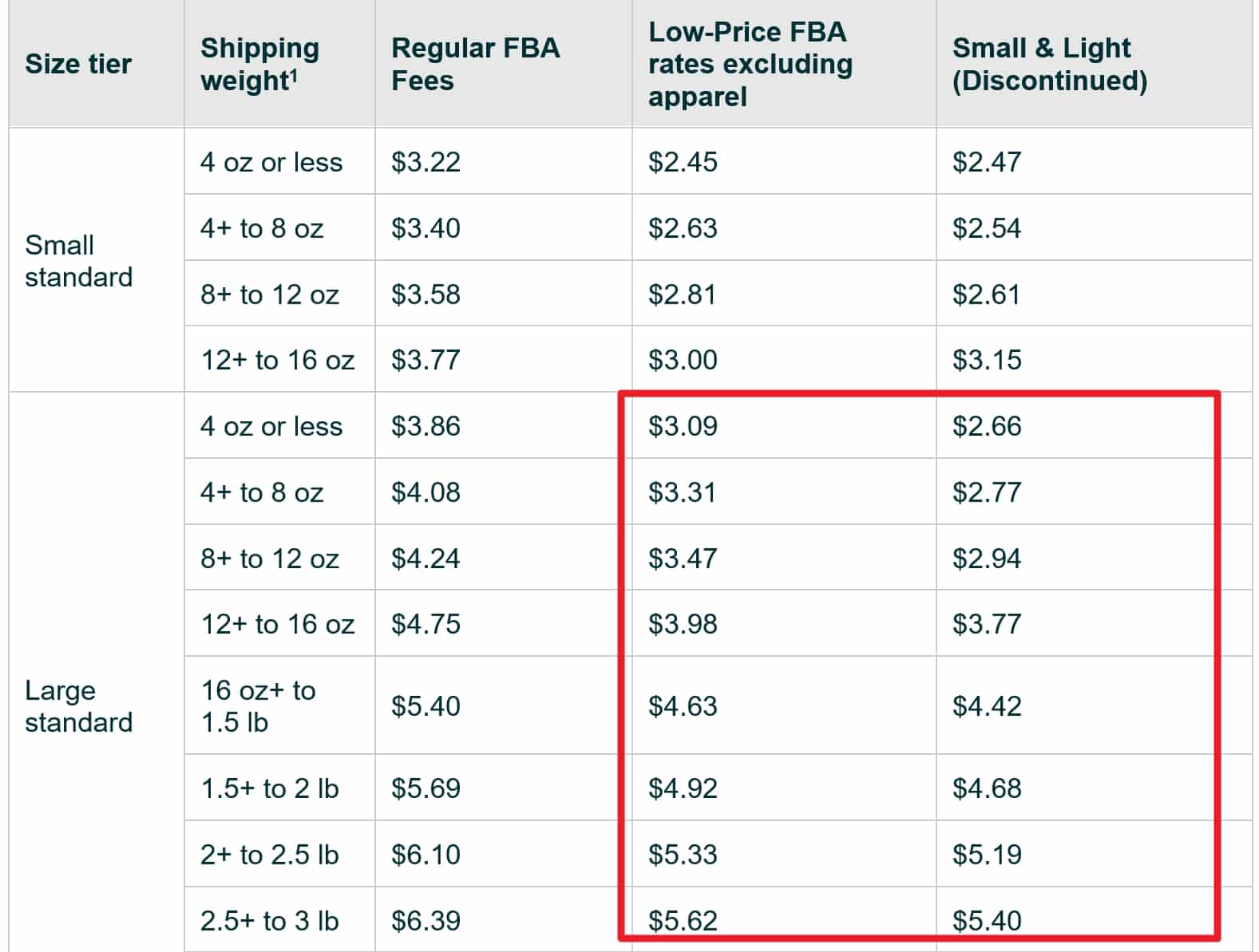
Final Thoughts
In summary, Amazon’s new Low Price FBA fees mean if you sell products under $10 on Amazon, they’ll now get to have the same shipping speed as higher-priced products. The disadvantage is that sellers who had products on Small and Light will now pay $0.30 more per item.
While Amazon dropping its FBA rates for items under $10 is a good place to start to further improve the customer experience, sellers would’ve saved much more money if the Small and Light program were still available. Now, sellers are faced with the dilemma of whether they raise the price of their products or stick with the same price point and come to terms with lower profit margins.
What’s your take on Amazon ending its Small and Light program? Let us know by leaving a comment below!


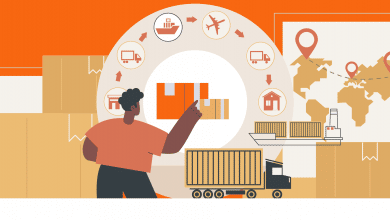

When will this happen in amazon UK?
Honestly the 3-5 days is not really accurate for small and light. I have products enrolled in small and light and still have 1 day delivery when I have a lot of inventory for them (500+).
I have tried for 3 weeks to enroll my product into the small and light program with little results from seller support. I know that I missing something that seller support has sent me in their generic responses. Is it possible to have someone hand carry me through the process on seller central. I will be glad to pay someone.
Hi,
Great article. However, you name that items need to be under $10, but you also indicate that the moment your FBA small and light product is listed over $7, it becomes automatically delisted? Was this a typo or did I miss something? Lets say, for example, I increase the price from $7 to $9, will it be deactivated for going over $7 despite it being under $10?
Thanks.
-Dan
Did you receive an answer to this? Also on the direct Amazon page it says $12.00?
Good points. Valid post. Came here to read about the CONS (which amazon would usually not talk about). Thanks
Glad to hear it helped!
I think the slow slow shipping under this program (3 to 5 business days) versus 2-day guarantee under normal Prime will kill sales of just about any item. From my experience, Amazon customers are super sensitive to shipping times.
I agree. Shipping speed is indeed an important factor for many customers when making online purchases. The longer the shipping time, the less likely customers are to make a purchase, especially when compared to other options with faster shipping. However, it’s worth considering the trade-off between shipping speed and cost, as well as the availability of items. In some cases, customers may be willing to wait a few extra days for shipping if the item is significantly less expensive.
This is the most detailed content about Amazon’s small and light plan I have seen so far. Thank you for your sharing!
Thank you!
Very Informative and categorically explained. Thanks for the valuable guidance
Glad it helped. Thanks!